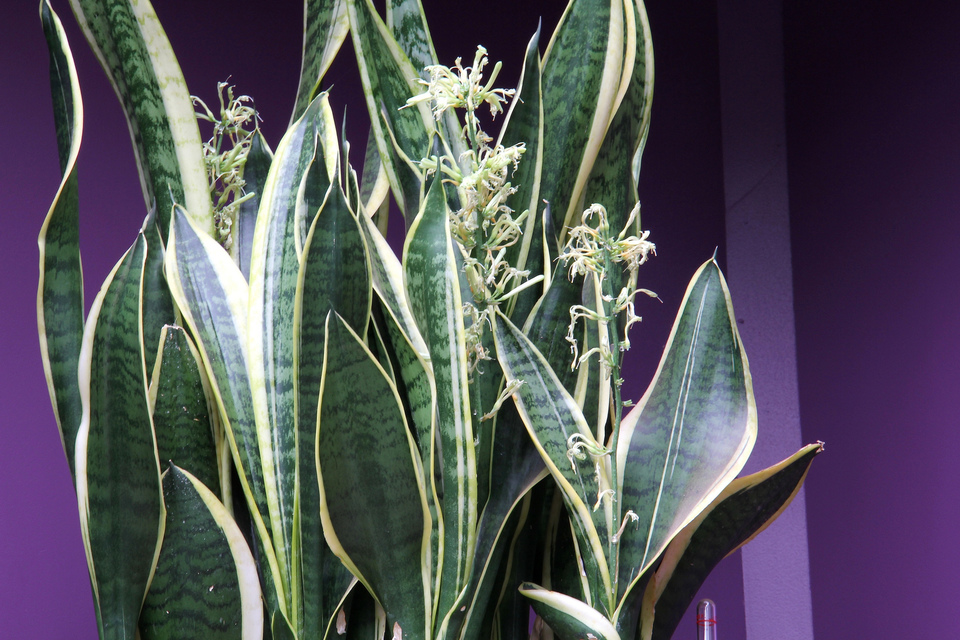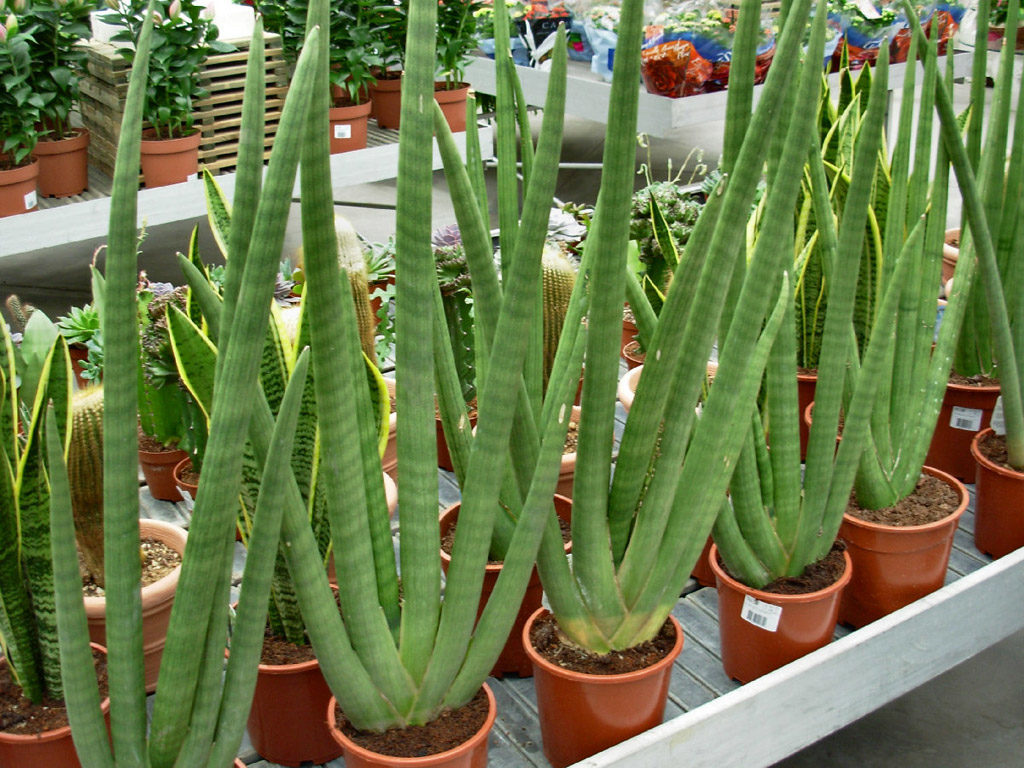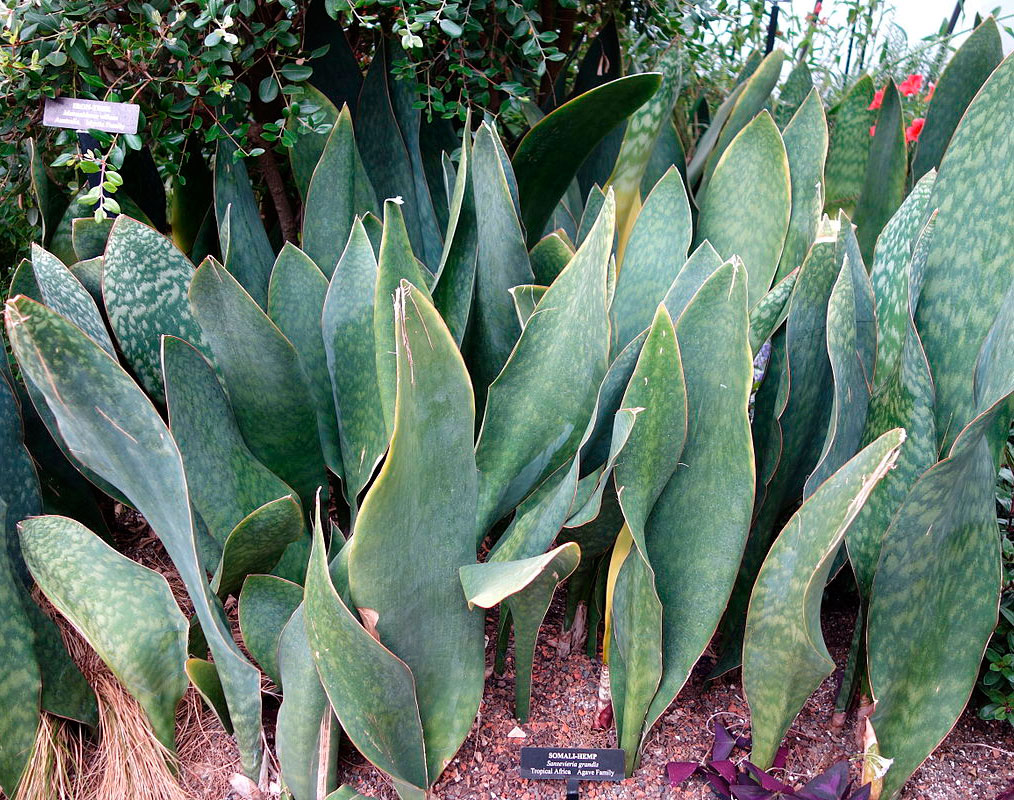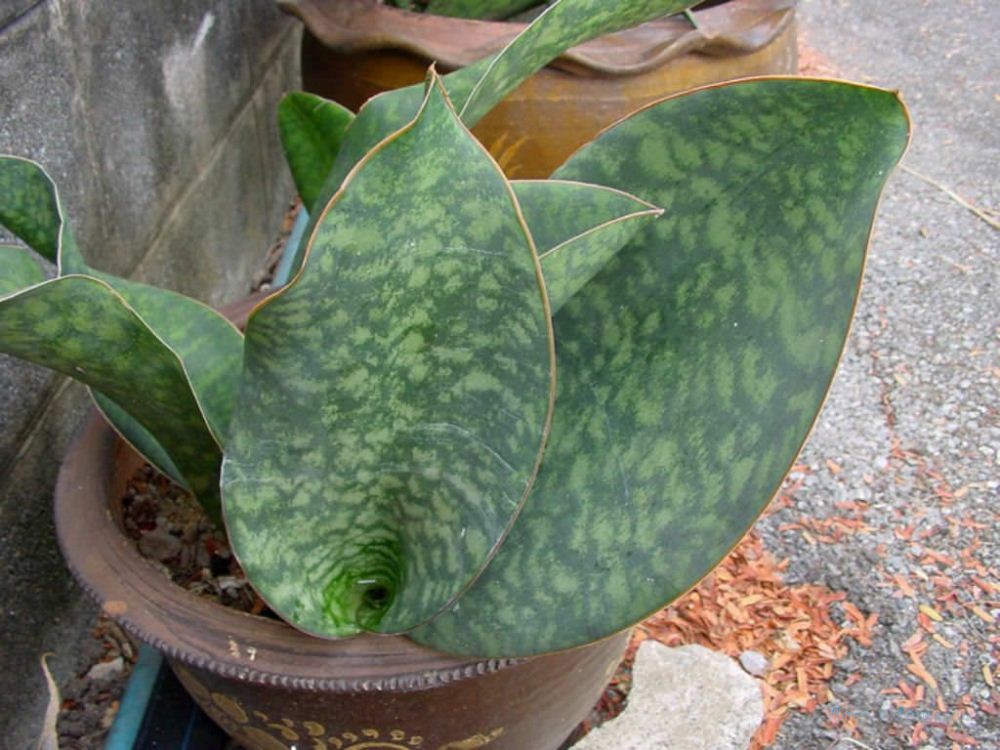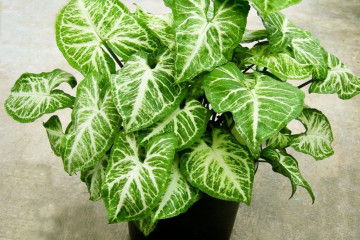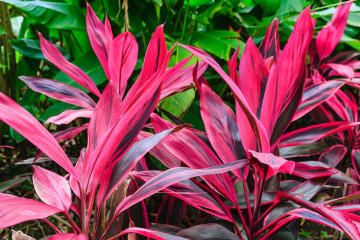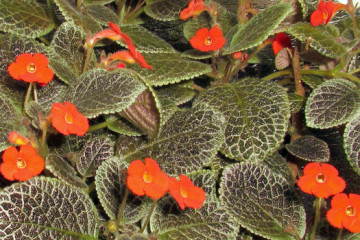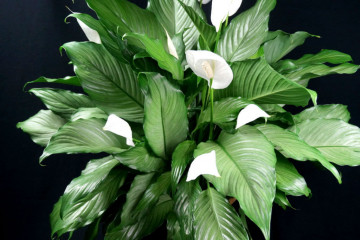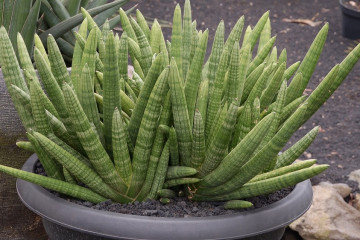Sansevieria flower - species and varieties, description
Content:
Among the large number of indoor plants, sansevieria is considered one of the most popular. Florists love her for her ease of growing and care. Currently, there are more than 60 plant species, but about 10 varieties grow at home. Below is a brief description of the sansevieria flower, species, varieties and varieties are divided into groups.
Short description
All flower varieties are different from each other. In some cases, so much so that it is difficult to believe in their relationship. However, despite all the differences, all plants of this family share common traits:
- The rhizome is fast growing. At the same time, the sprouts are so strong that if the bush is not transplanted in time, they can break the pot.
- In almost all plant species, the leaves have an elongated shape with a pointed end. They can reach a length of 1 meter.
- The leaf plates, depending on the species, can grow vertically upward, to the sides, and even be located almost parallel to the surface of the earth.
- The color of the leaves is green with the addition of patterns of various sizes and shades.
- The houseplant blooms on very rare occasions. In its natural habitat, the buds bloom on it regularly. Flowers are located on a thin peduncle, have narrow white-green petals and a pleasant aroma.
Despite the wide variety of types of sansevieria, they all have common folk names - mother-in-law's tongue, pike tail, dragon's tongue.
Among all varieties, certain types are most common among gardeners.
Sansevieria three-lane
Among all the varieties of the plant, Sansevieria trifasciata is the most famous and popular. For many gardeners, it is known as pike tail sansevieria or mother-in-law's tongue. It is characterized by the following features:
- The surface of the leaves is dark green with transverse stripes of a darker shade. The leaf plate is long and sharp at the end.
- This species is characterized by the complete absence of a stem - all leaves grow from a basal rosette.
- If the bush blooms, then its buds gather in paniculate inflorescences of a white hue and have a pleasant smell.
Among all the variety of three-lane sansevieria, the main varieties stand out especially.
Compact
A hybrid variety with beautiful bright tubular leaves. At home, the bush grows rather slowly. It can multiply by dividing the rhizome. Likes regular watering, but without excess moisture. In this case, the leaves will begin to dry out and wither.
Jade Sansevier
Sansevieria is three-lane, which is found only in the most experienced florists who collect various types of mother-in-law's tongue. The bush is undersized with leaves of a monochromatic green hue growing in different directions.
Sansevieria Robusta
This variety has dense rosettes, consisting of short wide plates of a light green hue with dark stripes. Robusta has several subspecies:
- Black - the leaves in the process of growth change their shade from bright green to almost completely black;
- Blue - the leaves are spear-shaped, grow horizontally in several tiers and are covered with a waxy bloom;
- Black Coral - the surface of the leaves is covered with patterns of a silver shade.
Sansevieria Black Gold
One of the newest varieties. Known for the fact that its leaves are green with a blue tint.
Sansevieria Futura Superba
A young hybrid variety that is popular among flower growers. The outlet contains at least 10 light green leaves. The bush is not too tall - it reaches a height of 50 cm. The leaf plates are hard to the touch. Another representative of this genus of sansevieria is Gold Vedi.
Silver Queen
A hybrid with thin long leaves of gray-blue color with a silver tint. There is a dark green border around the edges of the plate. As they mature, the leaves become darker. To preserve the generic characteristics, Silver Queen must be propagated by dividing the rhizome.
Sansevieria cylindrical
This species is so named due to the twisted leaves that look like cylinders. Due to the possibility of intertwining, to create interesting shapes, the plant is in demand among flower growers.
- Sansevieria Mikado
The variety, also known as Bacularis, is not very common among flower growers. The flower has long thick green leaves.
- Sansevieria Bonselensis
Differs in a fan-shaped arrangement of sheet plates. The bush is green, with transverse dark stripes.
- Sansevieria Samurai
Also known as Dwarf. It has small triangular leaves. The low-growing plant reaches 20 cm in height.
Sansevieria large
Grandis is the largest variety of mother-in-law language. The leaves of some varieties can reach a height of 1.5 meters. Grandes are characterized by green leaves with dark wavy patterns and reddish edging. The plant is flowering - the buds are located in racemose inflorescences on a thin stem.
Among all the varieties of grandis, some are the most popular.
Pinguecula
This type of home culture is characterized by a unique feature - the bush is formed by a trunk, on which rather unusual leaves are already growing. They are large in size with a pointed end and a yellow border. The rosettes are located on the main stem. The result is the feeling that the plant is walking. For this he is also called walking.
Sansevieria Francisi
This sansevieria also belongs to the stem variety. Her shoot is creeping, which is extremely rare in indoor flowers. Leaves are cylindrical, tubular. They grow from the main stem. Plates of a dark green shade, rough to the touch. The bush reaches 60 cm in length. Experienced growers grow it as an ampelous plant. It looks great in hanging planters.
Other varieties
In addition to the varieties presented, there is also a category of species that do not belong to specific groups, but are popular with flower growers. They differ in appearance, origin, methods of vegetation and reproduction. Among them, some types are most common.
Sansevieria Zeylanika
Sansevieria Zeylanica enjoys the attention of flower growers due to its wide leaves reaching a height of 40 cm.The plate has a silvery or greenish-blue tint, on top of which there are dark patterns in the form of stripes and specks.
Zeilanika is one of the most commonly used home-grown species. Unlike its relatives, it loves bright sunlight.
Sansevieria Kirki
This variety got its name in honor of the famous breeder. Pickaxe belongs to the flowering varieties. White buds grow in large, umbrella-shaped inflorescences.
Thanks to the contrast of snow-white petals and dark green leaves, Kirki looks very impressive. One outlet can simultaneously grow from 7 to 17 leaf plates with pink or white spots on the surface. This class includes the following varieties:
- Pickaxe Beautiful - brown leaves with a reddish tint;
- Kirka Friends - Long thin leaves grow from small rosettes.
Sansevieria Masoniana
Also like Kirki was named after its creator. This hybrid was obtained through the efforts of the English breeder Mason.
The Masonian has wide, rounded leaf plates with dark green spots all over the surface. With proper care, leaves can grow up to 1 meter long and 25 cm wide. Although the plant can withstand direct exposure to sunlight, it is best to grow in a shade or partial shade location.
Sansevieria Diamond Flame
A low variety - it can grow up to 50 cm. The leaves are pyramid-shaped and grow four pieces per socket. The surface of the leaf plate is green in the middle and has a two-color border at the edges.
Manolin
The leaves of this variety are long and thin, capable of reaching a length of up to 1.5 meters. They can have several color options - blue or light blue.
All types of pike tail, grown at home, are able to decorate the appearance of an apartment or your own house. With their unusual leaves, they are able to transform any room beyond recognition. Experienced flower growers are able to create real flower arrangements from different varieties of sansevieria. It is easy to do this for a novice fan of this type of plants. This is due to the ease of growing and care. Flowers do not require anything special - they are rather picky about the choice of soil, easily tolerate drought and feel good both in the sun and in the shade.
